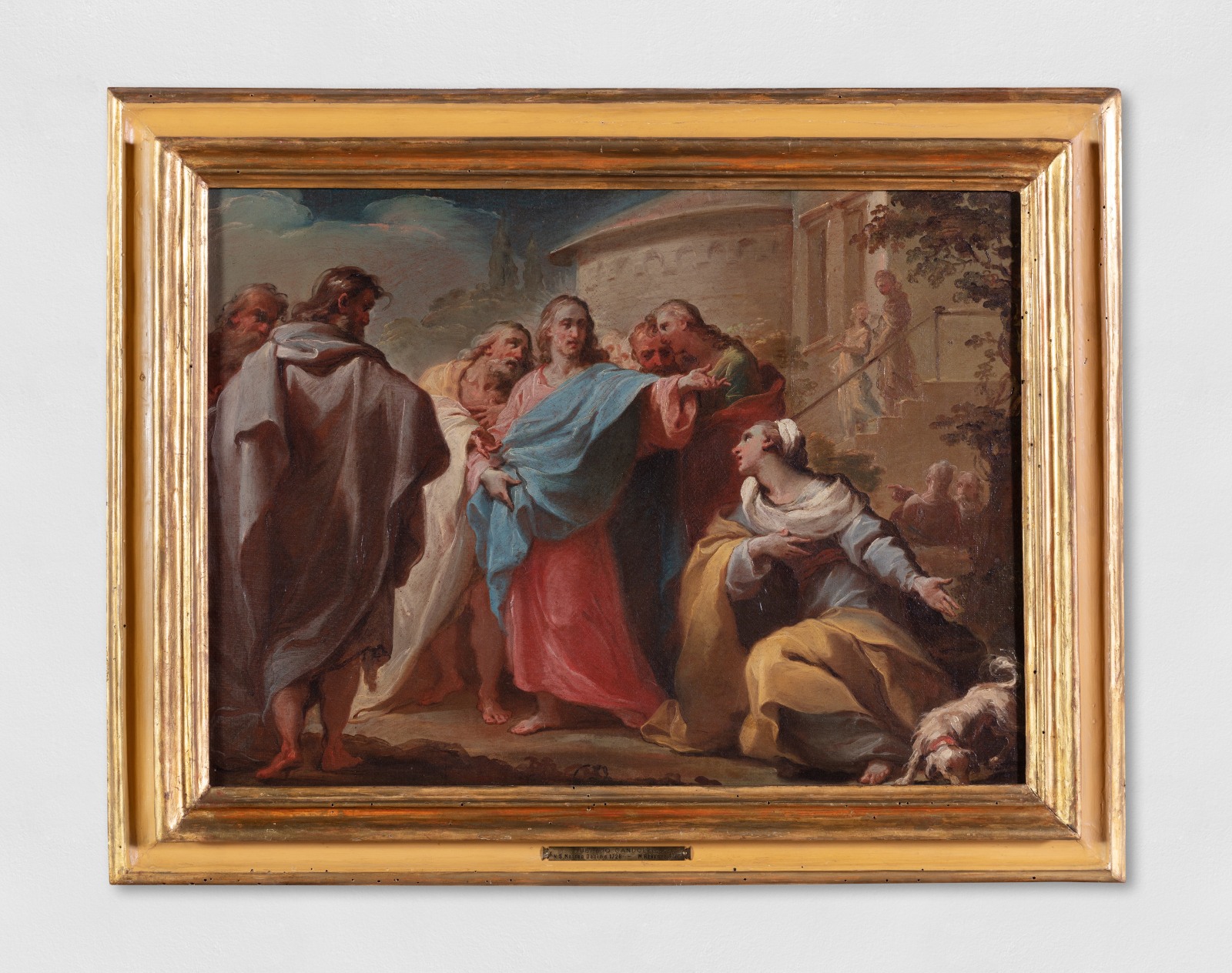-
Biography
Ubaldo Gandolfi (San Giovanni in Persiceto, Italy, 1728 – Ravenna, Italy, 1781)
Born in San Giovanni in Persiceto in 1728, he relocated to Bologna, when he was ten years old, to pursue his studies in drawing. While in the city, he assisted Felice Torelli and enrolled at the Accademia Clementina to study painting, sculpture, and architecture.The vibrant cultural atmosphere of the school, coupled with the renowned painting tradition of artists such as Pellegrino Tibaldi, the Carracci, and Guercino, not only inspired him but also provided the foundation for his artistic techniques.
After completing his studies, he established himself as a draughtsman and engraver, while also venturing into the challenging genre of still lives.
During this period, he made a conscious decision to move away from the inconsistency and vagueness of Rococo painting, which characterised the Clementine school, and instead focused his efforts on a style more closely aligned with classicism.
His appointment as a full scholar in 1760 signalled the official recognition of his artistic talent.Gandolfi distinguished himself as a prolific painter, sought after by prestigious patrons including the clergy and the aristocracy. Even Empress Catherine II of Russia requested his works. He was well integrated and esteemed in the political and cultural circles of Bologna as well, further establishing his reputation.
Gandolfi's aim was to covert people, through his art, to Christianity, depicting sacred scenes that would evoke deep emotions in viewers.This strong connection to religious values constituted the backbone of many of his altarpieces created in the last fifteen years of his life.
Gandolfi died in Ravenna in 1781.
Photo UniCredit Group (Sebastiano Pellion di Persano)
-
Works
Ubaldo Gandolfi Italian, 1728-1781
Cristo e la Cananea, 1760-1765 circaOil on canvas / Olio su tela / Öl auf Leinwand15 3/4 x 21 1/2 in
40 x 54.5 cmUniCredit S.p.A.Photo: UniCredit Group (Sebastiano Pellion di Persano)Further images
2of 2
Join our mailing list
* denotes required fields
In order to respond to your enquiry, we will process the personal data you have supplied in accordance with our privacy policy.








